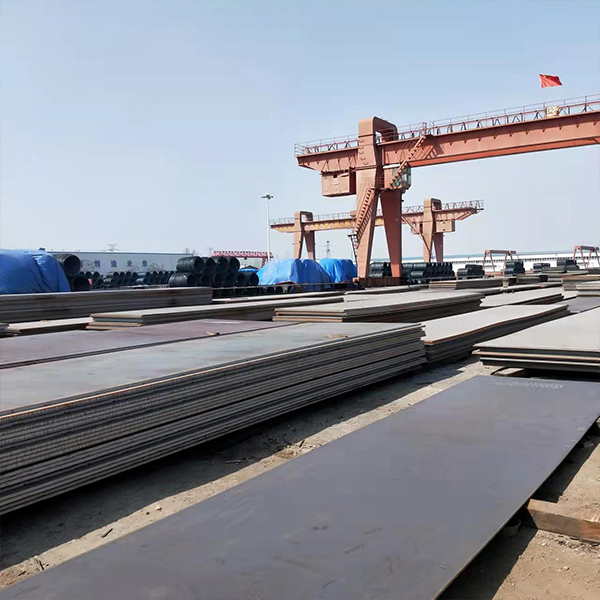
The forming characteristics of hot rolled carbon steel sheets make them exceptionally versatile for industrial fabrication processes. Unlike their cold rolled counterparts, these sheets retain certain unique qualities from the hot rolling process that influence their behavior during forming operations. The microstructure developed during controlled cooling after rolling gives the material a balanced combination of strength and ductility that responds predictably to various forming techniques.
One of the most notable forming advantages is the material's excellent elongation properties, typically ranging from 15% to 25% depending on the specific grade. This allows for significant deformation without cracking or excessive thinning, making hot rolled sheets ideal for deep drawing applications. The slightly scaled surface, often considered a characteristic feature, actually provides benefits during certain forming operations by reducing friction between the sheet and forming tools. Some manufacturers have developed specialized hot rolled grades with enhanced formability for complex geometries, achieving stretch ratios that rival more expensive materials.
The springback characteristics of hot rolled carbon steel sheets differ meaningfully from cold rolled materials. While exhibiting slightly greater springback due to lower yield strength, this property can be advantageous in applications requiring controlled elastic recovery. Experienced metal formers have learned to compensate for this behavior through tooling design adjustments. The material's thermal history also makes it particularly suitable for hot forming processes, where elevated temperatures can further improve formability for challenging components.














